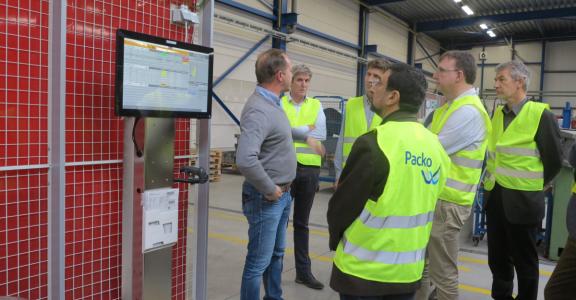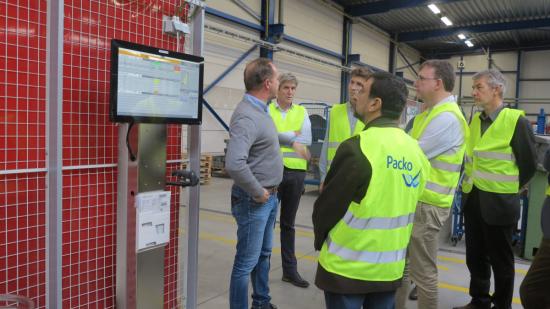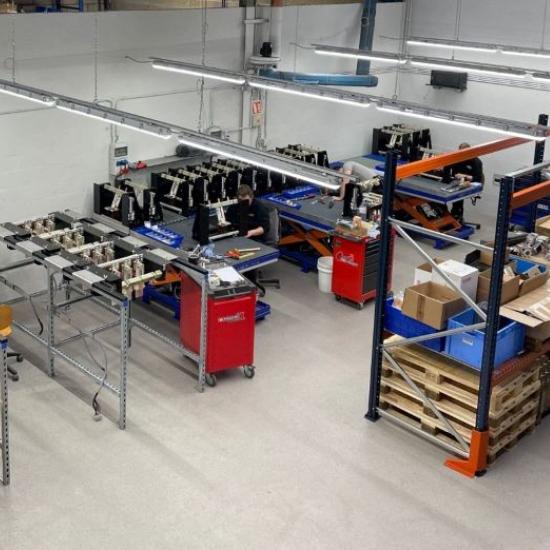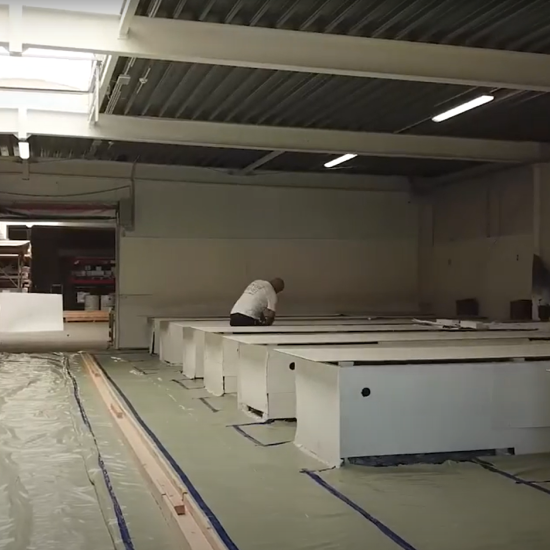Fullwood Packo is a manufacturer of cooling tanks for liquids for the dairy, pharmaceutical and food processing industries. The close contact with dealers and end customers enables it to respond quickly to the needs of the market.
After the crisis in 2008, however, the pressure on financial and operational performance increased. And several challenges arose in the production, including permanent overcapacity, a focus on ‘make to stock’ with high WIP and too much stock as a result, while the delivery performance was too low and the lead time was at least eight weeks too long. In order to become more efficient and be more competitive, the company needed a new approach. This was found in the roll-out of the QRM strategy.
Company-wide immersion in QRM
The entire company received an initial introduction and some staff members attended the necessary training, including the QRM Silver expert training, co-organised by Sirris. A first series of adjustments made by the company included a reduction in WIP, a reduction in the number of mounting positions and the introduction of the QRM control software PROPOS. In addition, priority was given to automation on the one hand and to initiatives to improve the flow on the other. For example, the welding process became partially automated, which is monitored via a camera system. Under the QRM strategy, some specific actions were taken. For example, QRM production cells were set up and controlled by means of POLCA
First results
Thanks to these initial measures, the lead time was almost halved after just one year, the same turnover was achieved with fewer staff and the quality was improved. There is still a lot of room for further. Fullwood Packo has learned a lot about implementing QRM in the past year.
Thanks to QRM, impressive results could be achieved in a relatively short period of time and within a fairly large company. In the future, Fullwood Packo aims to increase productivity by 10 percent, further reduce lead time by reducing the number of disruptions, build up 20 percent spare capacity to avoid bottlenecks, while also aiming for on-time delivery of finished products and parts. The first step towards a Q-ROC - a cross-functional office cell for internal sales, planning and logistics - has already been taken and will be further expanded.





